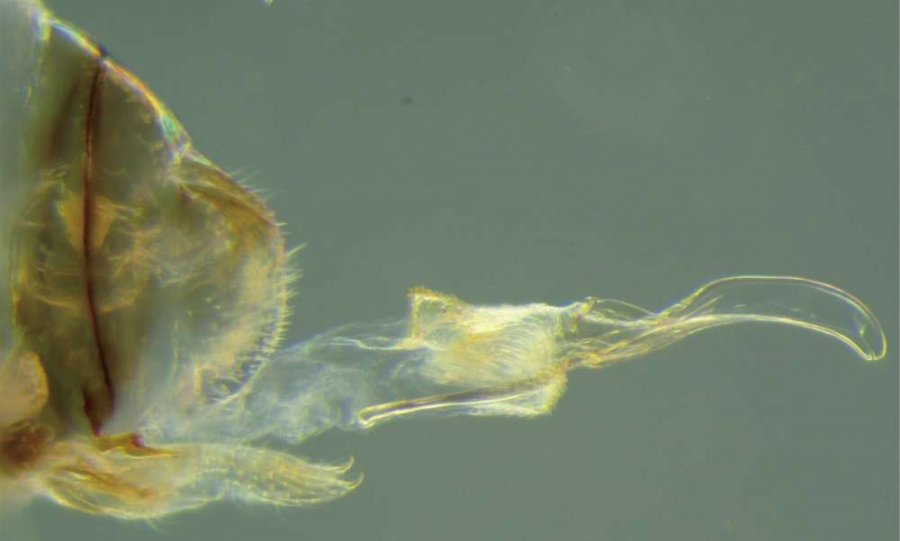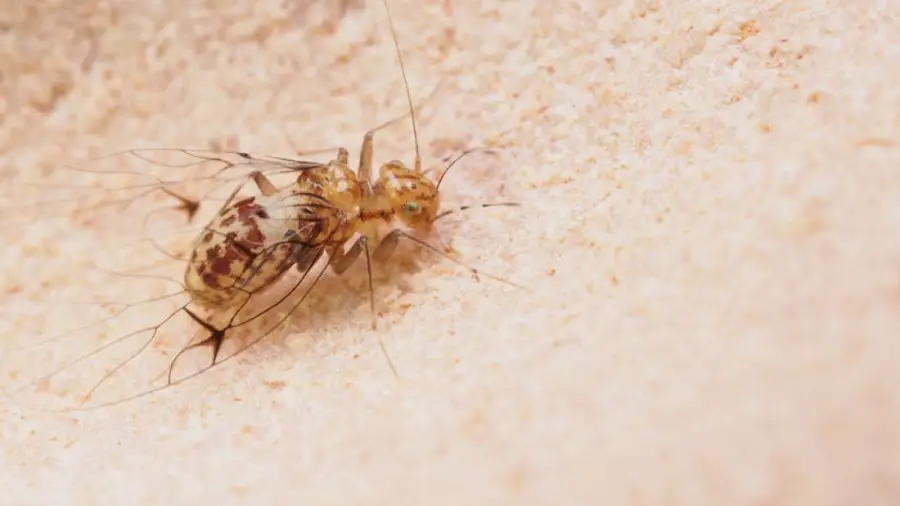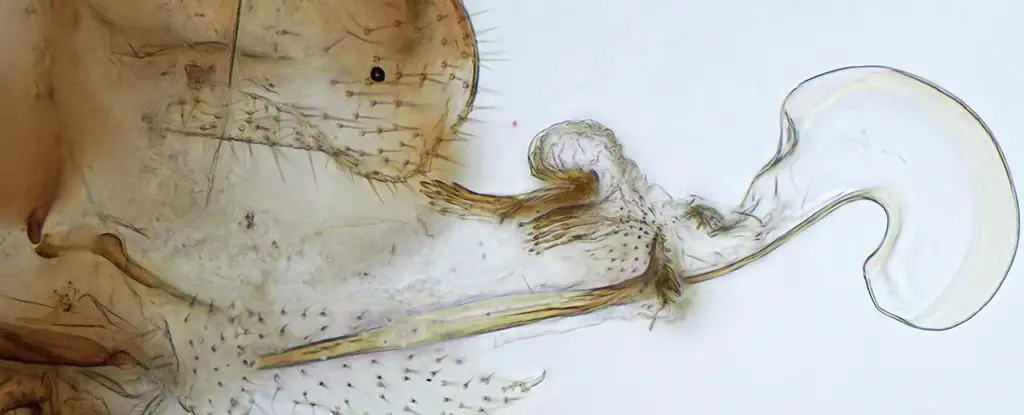These Female Brazilian Cave Insects Have “Penises” And The Males Have “Vaginas”
Tags: opinion
In the animal kingdom, penises are present in all sizes and shapes. Usually, they are found in the gender that carries the sperm. Yet, in Brazil and Africa, you will find winged cave insects or Neotrogla wherein the female grows a phallus. Although the phallus doesn’t contain sperm, it is said to be hugely important for copulation.
These cave insects are also known as book lice, and an argument can be made that they prefer the appendages. Back in 2016, a team of Japanese researchers discovered the anomaly in these cave insects from Brazil. Later they conducted phylogenetic research that would help the researchers understand why the tribe has such a genetic anomaly, and how it is useful.
Females of this tribe contain hook-like shapes growing out of their bodies, which do look like a phallus. On the other hand, the males have a vaginal pouch in place, rather than the phallus expected of them. Contrary to how copulation actually takes place, here the female grabs onto the male and hooks her appendage inside the pouch. The entire process takes close to 40-70 hours, and the hooks are present to prevent the male from escaping.
Researchers believe that the term ‘penis’ isn’t appropriate for the appendages of these cave insects. Rather, a gynosome would fit in much better. Yet, it is interesting to note that despite the vast variety of species around the globe, penises perform the same function- bringing cells for reproduction closer.

An Anomaly In Cave Insects
What separates cave insects from any other creature is that their overdeveloped appendage is actually used for penetration. In most other creatures with an overdeveloped appendage, it is still a part of the female reproductive system. Only a single cave insect species in Africa shares the same anomaly.
Yet, there are huge differences in the phalluses of both the Brazilian and the African cave insects. The Brazilian one has a hardened tip, with a balloon-ish base. Whereas the African one is hardened throughout.
A close relative to the African cave insect called the Sensitibilla actually prefers the conventional mode of reproduction. Here, scientists are of the opinion that this species might have tested out the anomaly, before settling on the erstwhile mode of reproduction.
This brings to mind a question- what could possibly prompt this insect to single-handedly break down the entire reproductive process? One report opines that the basis of the organization of the cave insects is oligotrophic. This means that nutrients are quite in demand, to a point where a male probably wouldn’t be as keen to give out his sperm to anyone who wanted it. With the development of appendages, the females don’t have to wait for the males to give permission, and can forcibly take it. This theory actually hits the nail on the head, considering the spinal structures in both males and females- a jigsaw puzzle. They compress and decompress in places that allow both the genders to copulate for hours at stretch.
The shift in reproductive organs can be considered to be a form of coercion and resistance, where the males are prey and the females have developed the tools for predatory behavior. And when it is a question of survival, female cave insects go to any lengths possible.
Featured Image: Dr Kazunori Yoshizawa, Hokkaido University


Leave Comment: